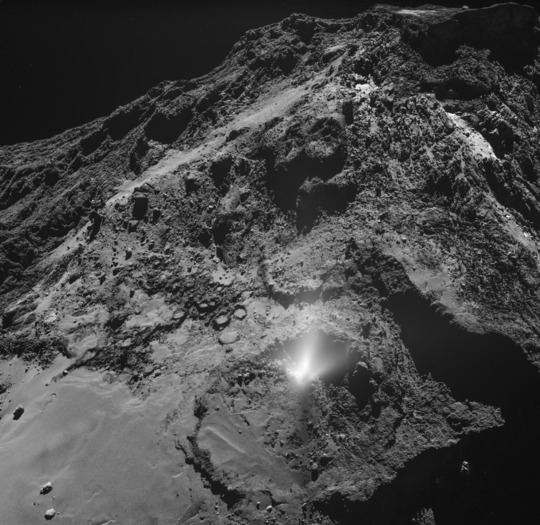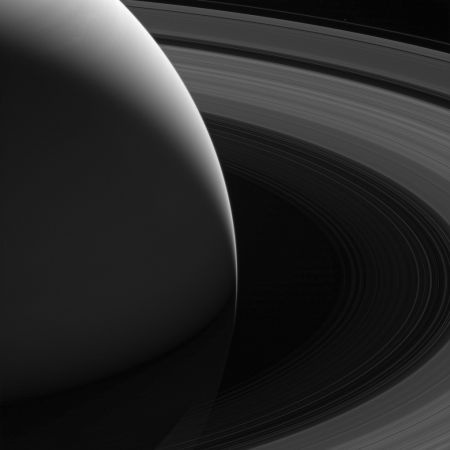Scientists propose adding smog to atmosphere to fight global warming
What could possibly go wrong? Global warming scientists have proposed injecting sulphate aerosols (another name for pollution) into the upper atmosphere in order to counter their predicted global temperature rise.
Experts are considering ploughing sulphate aerosols into the upper atmosphere which would cause some of the suns rays to be reflected back out into space. This could potentially cool the Earth down and help counter the effects of climate change, scientists say.
The move would also help reduce coral bleaching and help calm powerful storms.
James Crabbe, from the University of Bedfordshire, is leading the study and his initial results suggest the plan could help cool the planet.
This proposal is based on such flimsy science it appalls me that any scientist would even consider it, especially when you think about the unknown consequences.
What could possibly go wrong? Global warming scientists have proposed injecting sulphate aerosols (another name for pollution) into the upper atmosphere in order to counter their predicted global temperature rise.
Experts are considering ploughing sulphate aerosols into the upper atmosphere which would cause some of the suns rays to be reflected back out into space. This could potentially cool the Earth down and help counter the effects of climate change, scientists say.
The move would also help reduce coral bleaching and help calm powerful storms.
James Crabbe, from the University of Bedfordshire, is leading the study and his initial results suggest the plan could help cool the planet.
This proposal is based on such flimsy science it appalls me that any scientist would even consider it, especially when you think about the unknown consequences.



